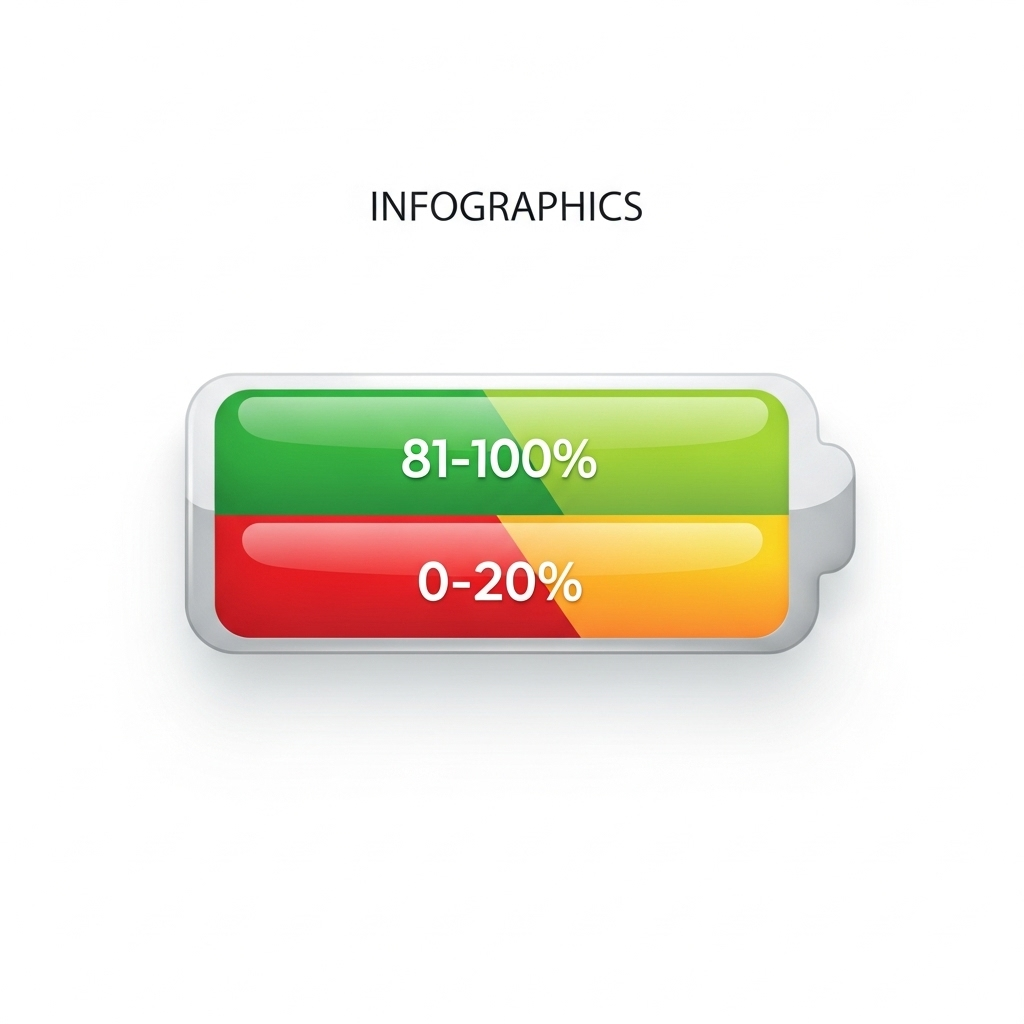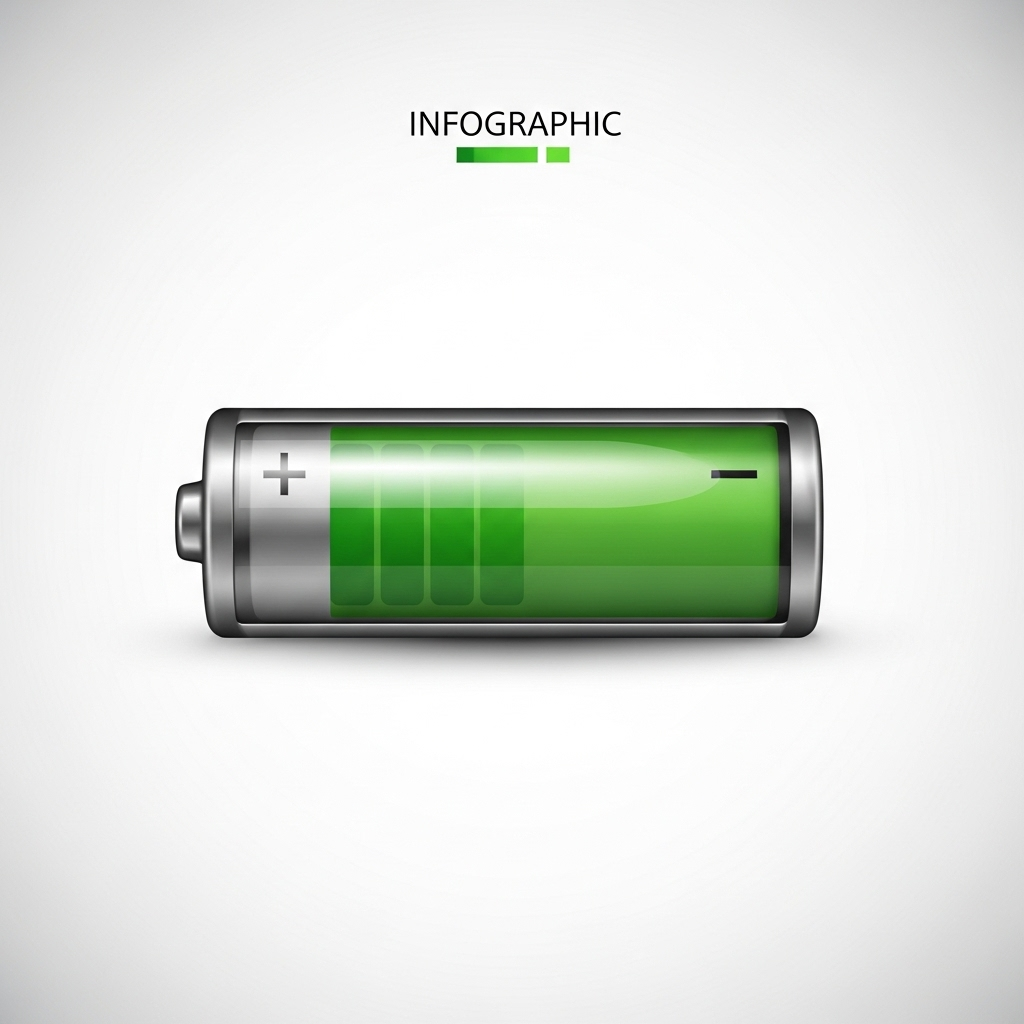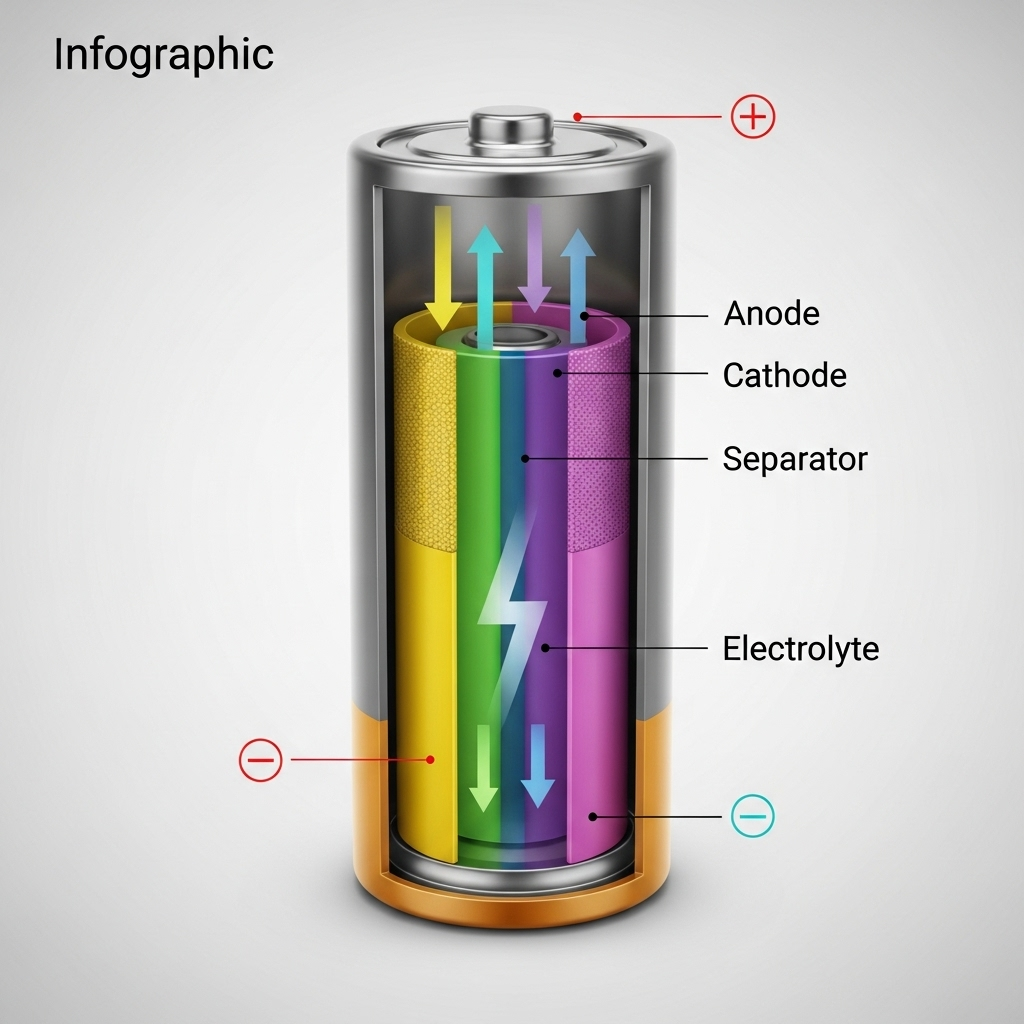Setting up a home battery system involves more than just installation. A key decision you will make is how to configure its State of Charge (SOC) window. Specifically, how much energy should you set aside as an emergency reserve for power outages? This choice directly impacts your daily energy savings, your home's resilience during a blackout, and the long-term health of your battery. This Q&A format addresses the critical considerations for defining a smart and effective emergency reserve.
What Is an Emergency Reserve SOC Window?
Think of an emergency reserve SOC as a dedicated fuel tank for your home that you only tap into during a grid failure. It is a specific percentage of your battery's total capacity that your system is programmed not to use during normal daily operations. While your battery might cycle daily to store solar energy or avoid high electricity rates, this reserved portion remains untouched, waiting for an outage.
Why a Dedicated Reserve is a Smart Strategy
You might wonder, 'Why not just keep the battery at 100% charge for backup?' Constantly holding a lithium-ion battery at a full charge can accelerate degradation and shorten its lifespan. A more sophisticated approach is to define a separate emergency reserve. This allows the majority of your battery's capacity to cycle within a healthier, more efficient range (for example, between 30% and 85%) for daily use. This method protects your investment by improving battery longevity while ensuring you have a reliable power source when you need it most.
Key Factors to Determine Your Reserve Percentage
The ideal emergency reserve size is not a single number; it is a calculated decision based on your unique situation. It requires balancing preparedness with the daily financial and operational benefits of your battery. Here are the primary factors to consider.
1. Identifying Your Critical Loads
First, determine what absolutely must stay on during an outage. These are your critical loads. Make a list of essential appliances and devices. Common examples include:
- Refrigerator and freezer
- Medical equipment (e.g., CPAP machine)
- Well pump
- Sump pump
- A few lights
- Internet modem and router
- Phone chargers
Once you have your list, estimate their power consumption. You can find the wattage on the appliance's label. Then, calculate the total energy needed for a specific duration.
Formula: Appliance Wattage × Hours of Use = Total Watt-hours (Wh)
| Appliance | Power (Watts) | Estimated Hours of Use (per 24h) | Energy Needed (Wh) |
|---|---|---|---|
| Refrigerator | 200 W | 8 hours (cycling) | 1600 Wh |
| Internet Router | 10 W | 24 hours | 240 Wh |
| LED Lights (x4) | 40 W | 6 hours | 240 Wh |
| Medical Device | 60 W | 8 hours | 480 Wh |
| Total Critical Load | 2560 Wh or 2.56 kWh |
This calculation gives you a baseline for the minimum reserve capacity you need to survive a 24-hour outage.
2. Estimating Outage Duration
How long do power outages typically last in your area? Check with your local utility provider for historical data. If you live in a region prone to severe weather like hurricanes, blizzards, or wildfires, planning for multi-day outages is wise. Grid operators use sophisticated forecasting to plan for reserves, a practice detailed in the IEA report, Harnessing Variable Renewables. You can apply a similar mindset by creating a tiered plan: a 20-30% reserve for common, short-term outages and a larger 40-50% reserve for seasons with higher risk.
3. Considering Your Solar Production
Your solar array is a powerful asset during an extended outage. A properly configured system can recharge your battery during the day. Therefore, your emergency reserve does not need to cover the entire outage duration on its own. It just needs to be large enough to power your critical loads through the night and potentially through a fully overcast day until your panels can start producing significant power again.
Implementing Your Emergency Reserve SOC
Setting the reserve is usually done through your inverter's or battery management system's software interface. It is often labeled as 'Minimum SOC for Grid-Tied Mode' or 'Backup Reserve Percentage'. Here are two common strategies for implementation.
Strategy 1: The Fixed Percentage Method
This is the simplest approach. You set a fixed minimum SOC, for example, 30%. Your system will never discharge below this level unless the grid fails. During normal operation, it will cycle between 30% and its upper charge limit (e.g., 90%). This method is easy to implement and provides a constant, reliable backup. However, it is inflexible and may reserve more capacity than needed during low-risk periods, limiting your daily savings.
Strategy 2: The Dynamic or Seasonal Approach
A more advanced strategy involves adjusting your reserve based on external factors. You might set your reserve to 20% during calm, stable weather months to maximize your daily use of stored solar energy. Before a forecasted storm or during the high-risk season, you can increase the reserve to 40% or 50% for greater security. This dynamic management reflects a trend seen at the grid level, where flexibility is key. As noted in the IEA's The Power of Transformation analysis, energy systems are moving from simple emergency responses to more active, daily management, a principle that greatly benefits homeowners.
The Trade-Off: Preparedness vs. Battery Health
Choosing a larger emergency reserve means you have a smaller capacity window for daily cycling. For instance, reserving 40% forces your battery to operate between 40% and 90% SOC, a 50% daily Depth of Discharge (DoD). Reserving only 20% allows it to operate between 20% and 90%, a 70% DoD. A smaller DoD reduces strain on the battery, which can significantly extend its cycle life. For more detailed data on how operational settings affect battery health, the ultimate reference on solar storage performance offers valuable insights into cycle life and efficiency metrics.
What Happens to the Reserve Capacity?
The energy held in your reserve is not wasted. It sits idle, ready for deployment. For modern LiFePO4 (Lithium Iron Phosphate) batteries, this is an ideal state. LiFePO4 chemistry is very stable and experiences minimal degradation when held at a partial state of charge (like 30-50%), unlike older battery technologies. To ensure the health of this reserved capacity, some systems automatically perform periodic maintenance cycles. If not, you can manually perform a full cycle every few months to keep the cells balanced and ready.
Finding Your Optimal Emergency Reserve Setting
Ultimately, defining your emergency reserve SOC is a personal calculation. It requires a clear-eyed assessment of your risks and priorities. Start by calculating your critical load needs, research local outage patterns, and consider how your solar array contributes to your resilience. From there, you can choose a fixed or dynamic strategy that aligns with your goals for security, savings, and battery longevity. A well-considered emergency reserve is the foundation of a truly independent and resilient home energy system.
Frequently Asked Questions
What is a good starting emergency reserve SOC for a typical home?
A common starting point is 20-30%. This typically covers essential loads for several hours, which is sufficient for most common grid interruptions. You can then adjust this figure based on your specific critical loads and the reliability of your local grid.
Will setting a high emergency reserve (e.g., 50%) damage my battery?
No, it will not damage a LiFePO4 battery. In fact, it can improve longevity by forcing daily use into a smaller, less stressful cycling window. The main trade-off is having less available capacity for daily solar self-consumption or saving money on time-of-use electricity bills.
How often should I test my emergency reserve?
It is a good practice to perform a simulated outage test once or twice a year, especially before your region's high-risk weather season. This involves switching off your main breaker to let your system run on its reserve. This test confirms your critical loads operate as expected and that the entire backup system functions correctly.
Can my solar panels recharge my battery during an outage if I have used my reserve?
Yes, provided your system is designed for it. Solar systems with modern hybrid inverters can create a self-sufficient 'microgrid' during a blackout. They can use solar power to run your home's loads and recharge the battery at the same time, enabling you to ride out multi-day outages.
Does the type of battery (e.g., LiFePO4) affect the emergency reserve strategy?
Yes, significantly. LiFePO4 (Lithium Iron Phosphate) batteries are exceptionally well-suited for this application. They are very tolerant of being held at a partial state of charge for long periods, experiencing very low degradation. This makes them a superior choice for backup power compared to other lithium-ion chemistries that are more stressed when held at high or low charge levels.





Leave a comment
All comments are moderated before being published.
This site is protected by hCaptcha and the hCaptcha Privacy Policy and Terms of Service apply.